Noise Sensitivity: An Overview
What is Noise Sensitivity?
Noise sensitivity is a heightened emotional reaction to certain sounds that feel overwhelming, intrusive, or distressing. While the sounds themselves might be ordinary or commonplace, such as chatter, the hum of appliances, or traffic, they can trigger intense feelings of anxiety, irritability, or panic in people who are sensitive to auditory input.
Researchers aren’t sure what causes noise sensitivity, but it’s believed that people with this condition have a difference in their brain’s auditory processing center which interprets everyday sounds as threats.
Overview of its Impact on Daily Life
Noise sensitivity can significantly affect a person’s ability to function comfortably in everyday environments. Common sounds, like a crowded room, a barking dog, or construction, can feel overwhelming or even painful. This can make routine activities such as commuting, shopping, or working challenging.
When exposed to a triggering sound, a person with noise sensitivity is launched into a stress response by their brain’s amygdala, a region of the brain responsible for processing fear and other related emotions. The nervous system floods the body with stress hormones, sending the person into fight-or-flight mode, triggering a racing heartbeat, increases in blood pressure, heightened irritation, anxiety, disgust, or rage.
These bursts of frustration, fear, anxiety, and aggression can also manifest in behaviors that might seem overdramatic or extreme to outsiders, like lashing out at others, for example, or rushing to leave a noisy, triggering environment. Such reactions can often cause embarrassment or shame for the person with sound sensitivity. The constant anticipation of distressing noises can also be exhausting, leading to chronic stress or avoidance behaviors.
Anxiety and Noise Sensitivity
Noise and Anxiety
Noise sensitivity is a common and often distressing symptom for individuals with anxiety disorders. In these cases, everyday sounds—like ticking clocks, loud conversations, or sudden noises—can feel exaggerated and overwhelming. The brain, already in a heightened state of alert due to anxiety, interprets these sounds as potential threats, triggering physical and emotional stress responses such as increased heart rate, tension, irritability, or panic.
For someone with an anxiety disorder, this heightened sensitivity can make it difficult to concentrate, relax, or feel safe in noisy environments. Over time, it may lead to avoidance of certain places or situations, such as crowded restaurants, public transportation, or even family gatherings. This cycle of avoidance can reinforce anxiety and reduce quality of life.
Connection to Sensory Processing Disorder
Sensory Processing Disorder (SPD) is a neurological condition in which the brain has difficulty accurately receiving, interpreting, and responding to sensory input from the environment. It is often present alongside other neurodevelopmental conditions, such as autism and ADHD, and in certain mental health conditions, including anxiety.
People with SPD struggle with all forms of sensory input, but auditory input can become especially overwhelming because while you can close your eyes, plug your nose, or escape other unpleasant sensory experiences, you can’t exactly turn off your ears. Your auditory senses are active even when you’re sleeping! This difficulty filtering and managing auditory input means people with SPD are often frustrated by noisy, chaotic, or unpredictable settings.
Role of Hyperacusis in Anxiety Disorders
Clinicians generally sort noise sensitivity into two main categories: misophonia and hyperacusis. Misophonia is typified by emotional or physiological responses to certain sounds. Hyperacusis is characterized by an increased sensitivity to everyday sounds, which are perceived as unusually loud, painful, or distressing.
For people with both anxiety and hyperacusis, this can create chronic stress and reinforce anxiety patterns, which might limit daily functioning and increase feelings of isolation. It often creates a feedback loop: anxiety heightens sound sensitivity and sound sensitivity worsens anxiety.
Strategy 1: Environmental Modifications
Noise Sensitivity and Anxiety Treatment
Neither noise sensitivity nor anxiety have existing treatments to eradicate the condition completely. However, there are plenty of ways to manage these conditions and minimize their disruption. Addressing both noise sensitivity and anxiety through therapy (such as sound desensitization, cognitive behavioral therapy, and more), relaxation techniques, and environmental modifications can help individuals break this cycle and improve their quality of life.
Safe Spaces at Home
If noise sensitivity is one of your most vexing anxiety manifestations, one of the best things you can do to manage this symptom is to design a space that reduces your exposure to triggering noises. This might involve adding soundproofing equipment to your room or your home, choosing furnishings made of soft materials that will absorb sound, or playing low-level background audio, like white noise or peaceful music, to mask unpleasant noises.
Reducing visual distractions, dimming the lights, and minimizing strong smells can also help lower overall sensory input and make the space more soothing.
If you can’t customize your entire house, even a dedicated quiet area like a closet or a cushioned corner of your room can be beneficial. Having a calm, low-stimulation space gives your mind and body a chance to recover when overwhelmed by sensory experiences.
Use of Earplugs
Earplugs can be an effective way to manage noise sensitivity by creating a quieter, more manageable auditory environment. EARPEACE EVERYDAY earplugs are particularly useful for filtering out constant background noise such as traffic, buzzing appliances, bustling crowds, or conversations. Lowering these noise levels can reduce the risk of sensory overload, easing the stress responses that often come with certain sounds. Even if loud sounds can’t be fully blocked, headphones can still soften the impact by muffling harsh or sudden noises.
Strategy 2: Mindfulness and Relaxation Techniques

Breathing Exercises
Breathing exercises can be a simple but powerful way to manage the sensory overwhelm that often affects those with noise sensitivity and anxiety. When unexpected or loud sounds trigger a strong emotional or physical reaction, deep, slow breathing calms the nervous system, counteracting the amygdala’s stress response. Techniques like box breathing (inhaling for four counts, holding for four, exhaling for four, and pausing for four), or deep belly breaths (also called diaphragmatic breathing) can reduce tension, lower heart rate, and improve focus.
Meditation Practices
Meditation can be a beneficial tool for managing noise sensitivity. By training the brain to focus on the present moment, often through rhythmic breath, a mantra, or body awareness, can create a sense of inner calm even when the external environment feels overwhelming. Meditation requires regular practice, which strengthens the ability to observe uncomfortable sensations without immediately reacting. Even a few minutes of daily meditation can build resilience and grant you a greater sense of control in noisy situations.
Progressive Muscle Relaxation
Progressive Muscle Relaxation (PMR) is a technique meant to ease physical and emotional tension during a stress response. It involves slowly tensing and then relaxing different muscle groups in the body, which releases built-up stress. PMR offers a way to reconnect with the body and reduce the physical symptoms of sensory overload, like tight muscles, shallow breathing, or restlessness.
Strategy 3: Cognitive Behavioral Therapy (CBT) and Noise Sensitivity Anxiety

Identifying Triggers
Cognitive Behavioral Therapy (CBT) can be an efficient approach for managing noise sensitivity anxiety. It aims to help individuals recognize their own specific triggering sounds, as well as identifying patterns in their thoughts, emotions, and behaviors. For instance, someone might realize that sudden noises trigger fears of losing control, or that crowded environments cause anxious thoughts about being overwhelmed.
CBT challenges individuals to let go of unhelpful beliefs and build coping strategies for dealing with sensory overwhelm.
Restructuring Negative Thoughts
CBT is an excellent framework for learning to restructure unhelpful thoughts. For example, the negative belief, “I can’t handle loud sounds” can be replaced with “I’ve managed noise before, and I have tools to cope.” By practicing this shift in thinking, people can reduce their fear, boost confidence, and feel empowered to deal with distressing auditory input.
Working with a Therapist
To fully utilize the benefits of Cognitive Behavioral Therapy, it’s best to partner with a therapist who specializes in CBT. A therapist will guide you through sessions where you’ll work to find your triggers, reframe negative beliefs, and build coping strategies.
Strategy 4: Gradual Desensitization
Understanding the Process
Desensitization is a gradual process used to reduce the emotional and physical distress caused by triggering sounds. For people with noise sensitivity anxiety, this approach involves slowly and safely introducing problem sounds at low levels, allowing the brain to adapt over time.
With support from a therapist or a structured program, people can learn to tolerate sounds that once felt overwhelming.
Steps for Exposure Therapy
Exposure therapy for noise sensitivity anxiety involves slow and systematic exposure to triggering sounds in order to reduce the emotional response over time. The process begins with an assessment and planning, where an experienced therapist helps identify trigger sounds.
The core of the therapy is graded exposure, starting with low-intensity problem sounds and slowly progressing to more challenging noises. Each exposure is repeated until anxiety decreases, a process which is called habituation.
The final phase is generalization and maintenance, where the individual practices exposures in real-life settings and continues practicing to prevent relapse.
Monitoring Progress
Progress for exposure therapy involves tracking anxiety levels before, during, and after exposures, often using a 0-10 scale, as well as noting changes in avoidance behaviors and emotional responses over time. Regular check-ins help adjust the exposure plan and ensure continued improvement.
Strategy 5: Seeking Professional Help
Exploring Treatment Options
Exploring available treatments for noise sensitivity anxiety should begin with a thorough evaluation by a mental health professional. Because treatment must be tailored to each individual, not all techniques will work for everyone. Utilizing the guidance of a licensed professional can help you find the strategies that will work best for you.
Support Groups and Community Resources
If you experience this condition, you might often feel isolated due to your sensitivity to common auditory input. Support groups and other social community resources can offer valuable connection for you and others coping with this anxiety. These groups provide a safe space to share experiences, tips, strategies, and assure you that you’re not alone.

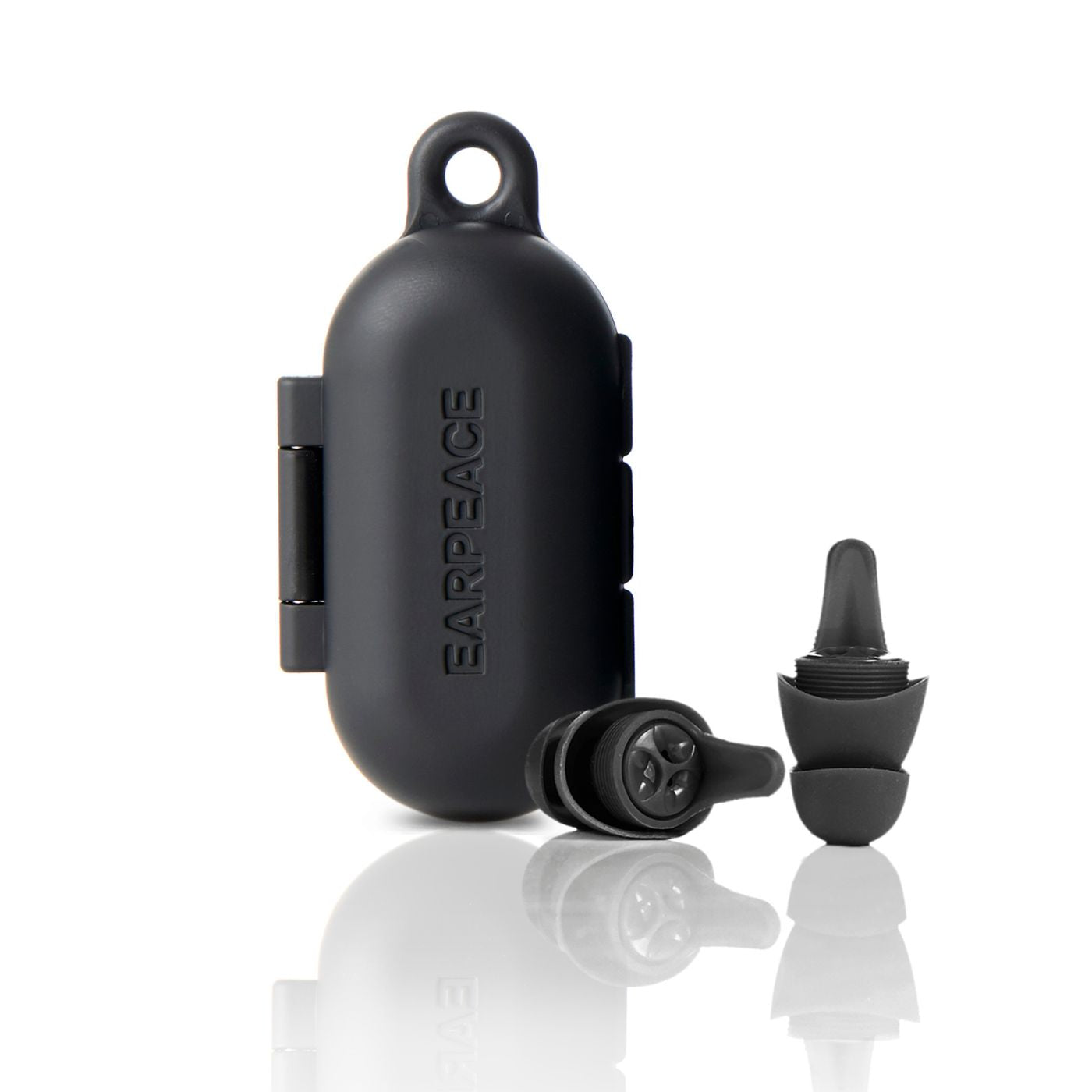
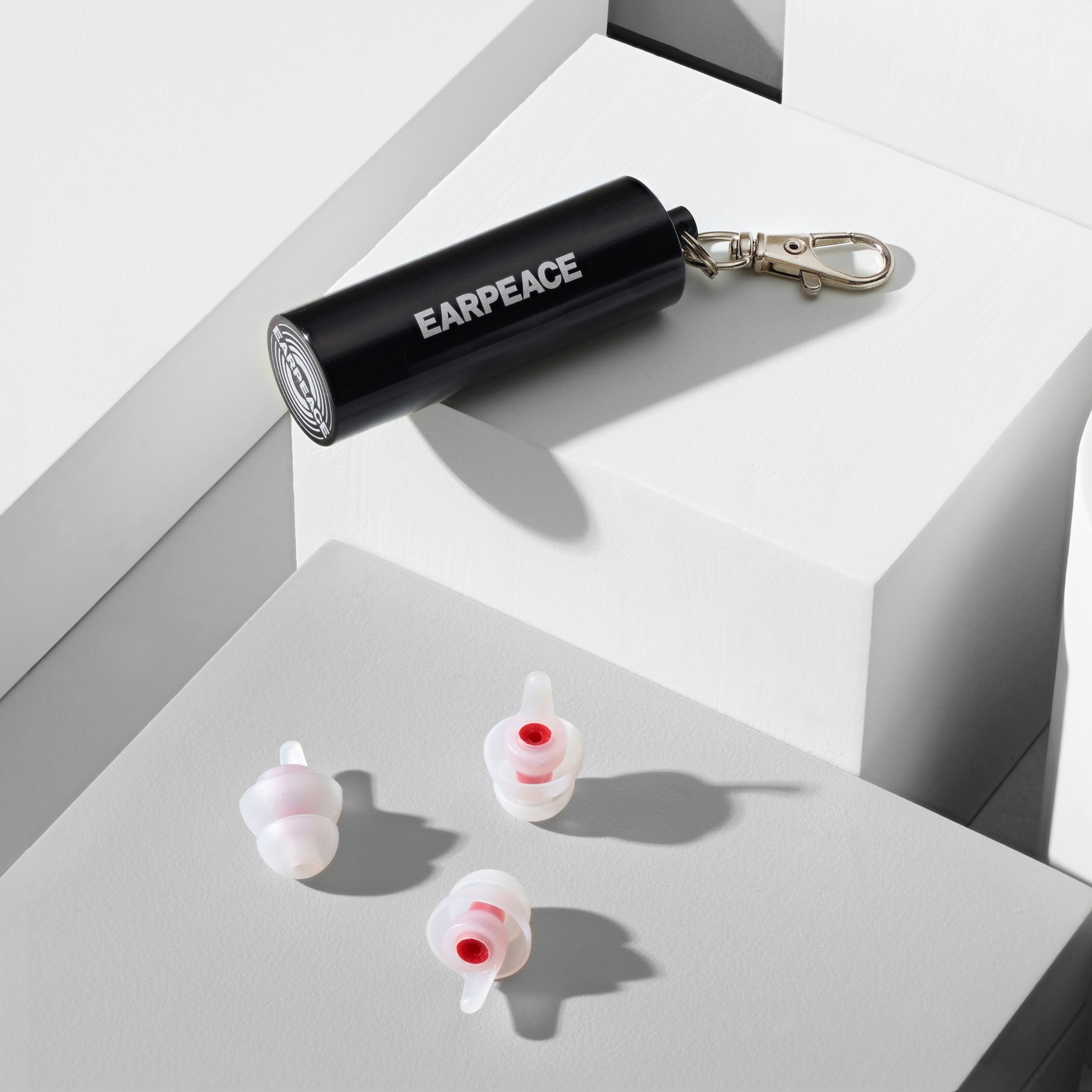
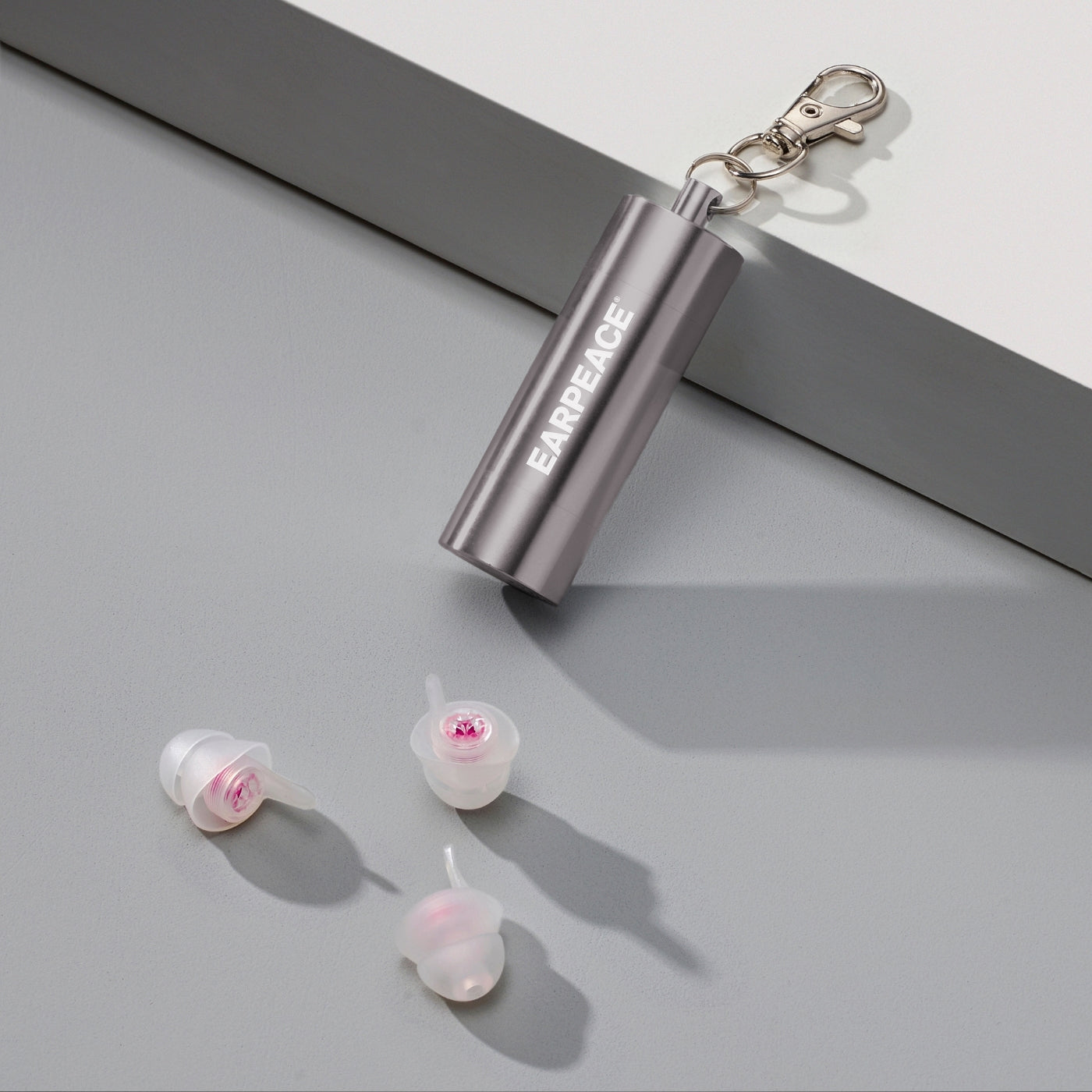
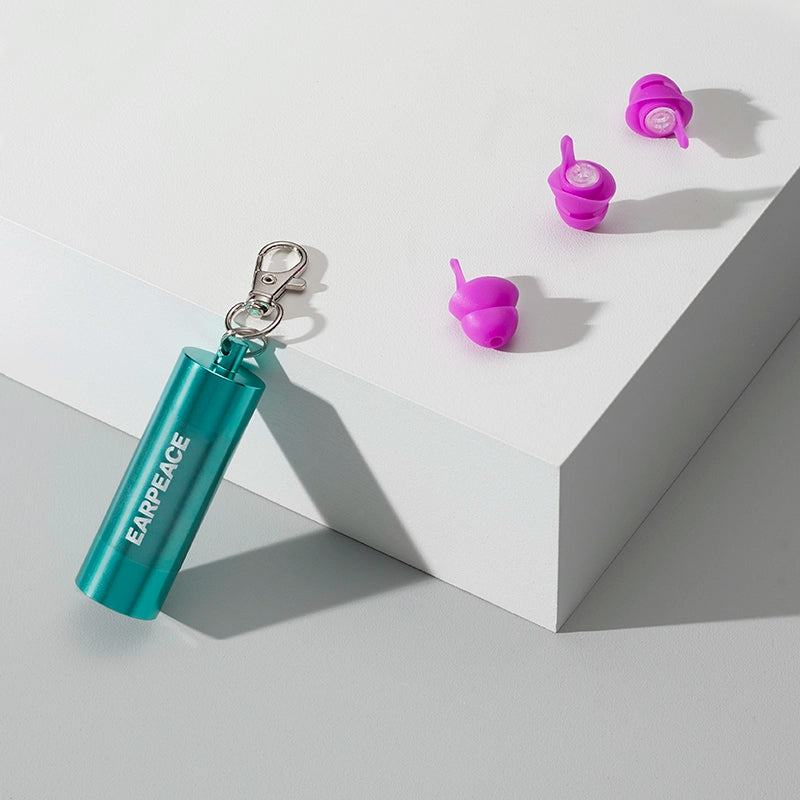
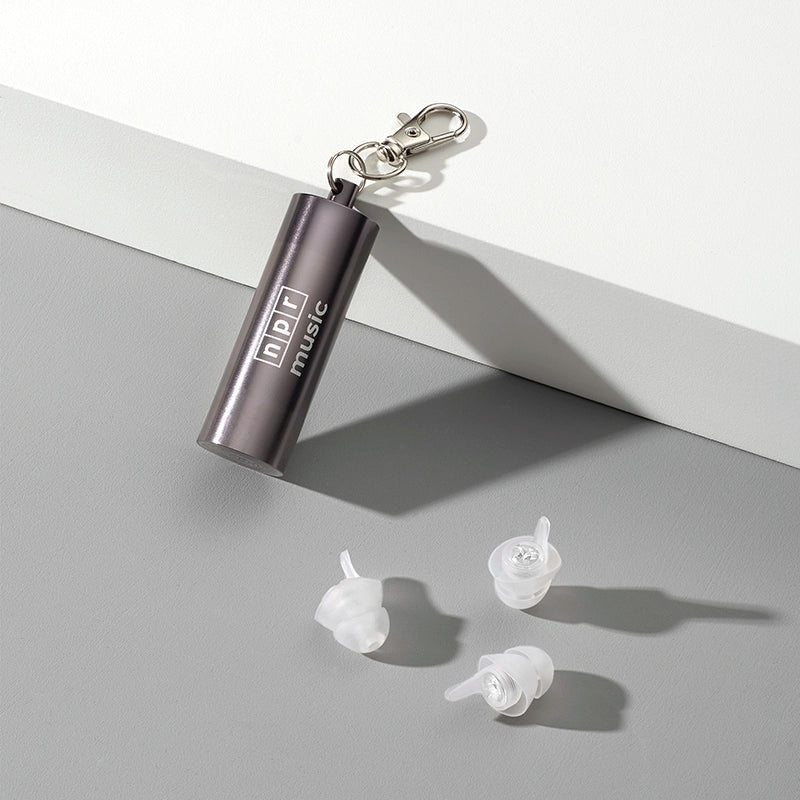
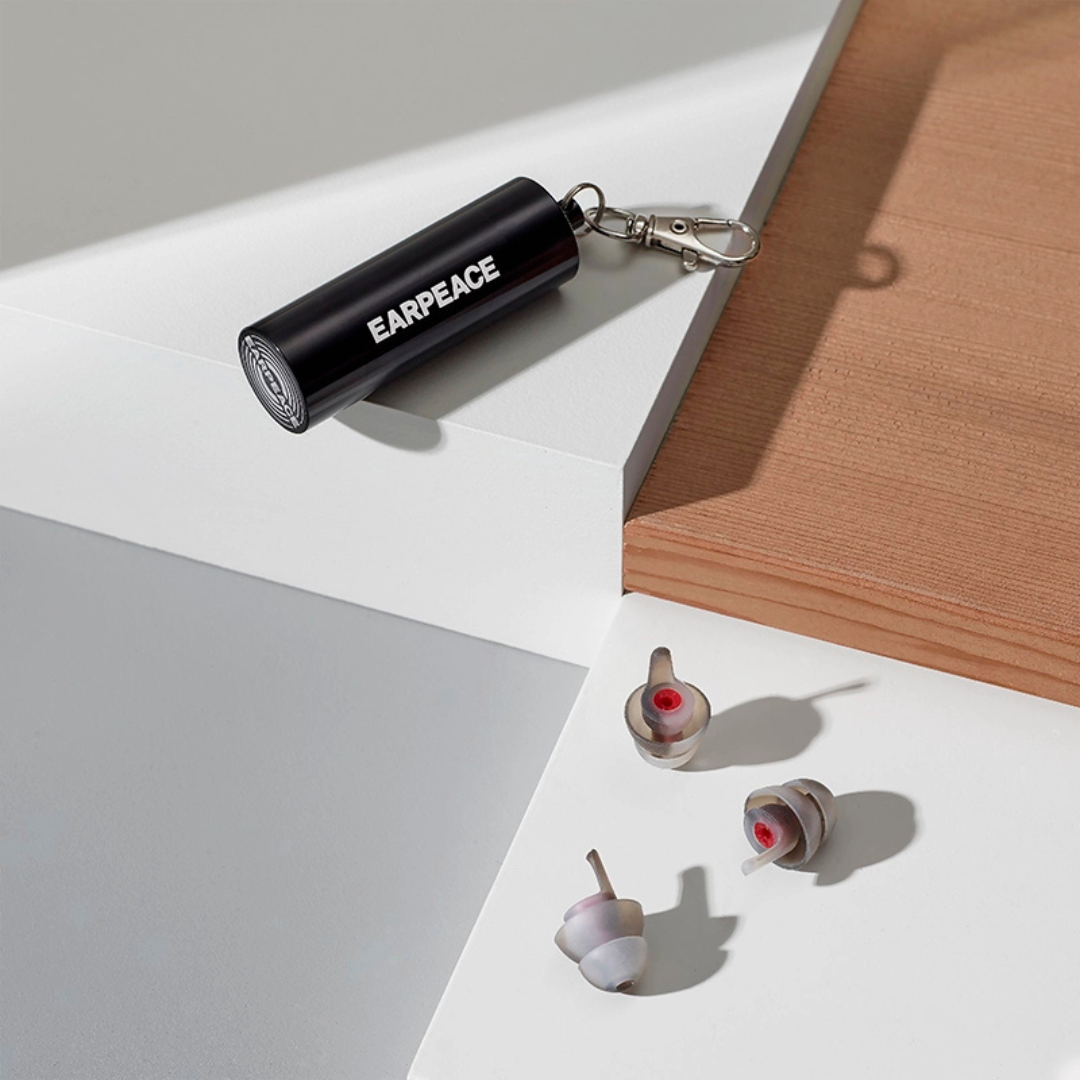
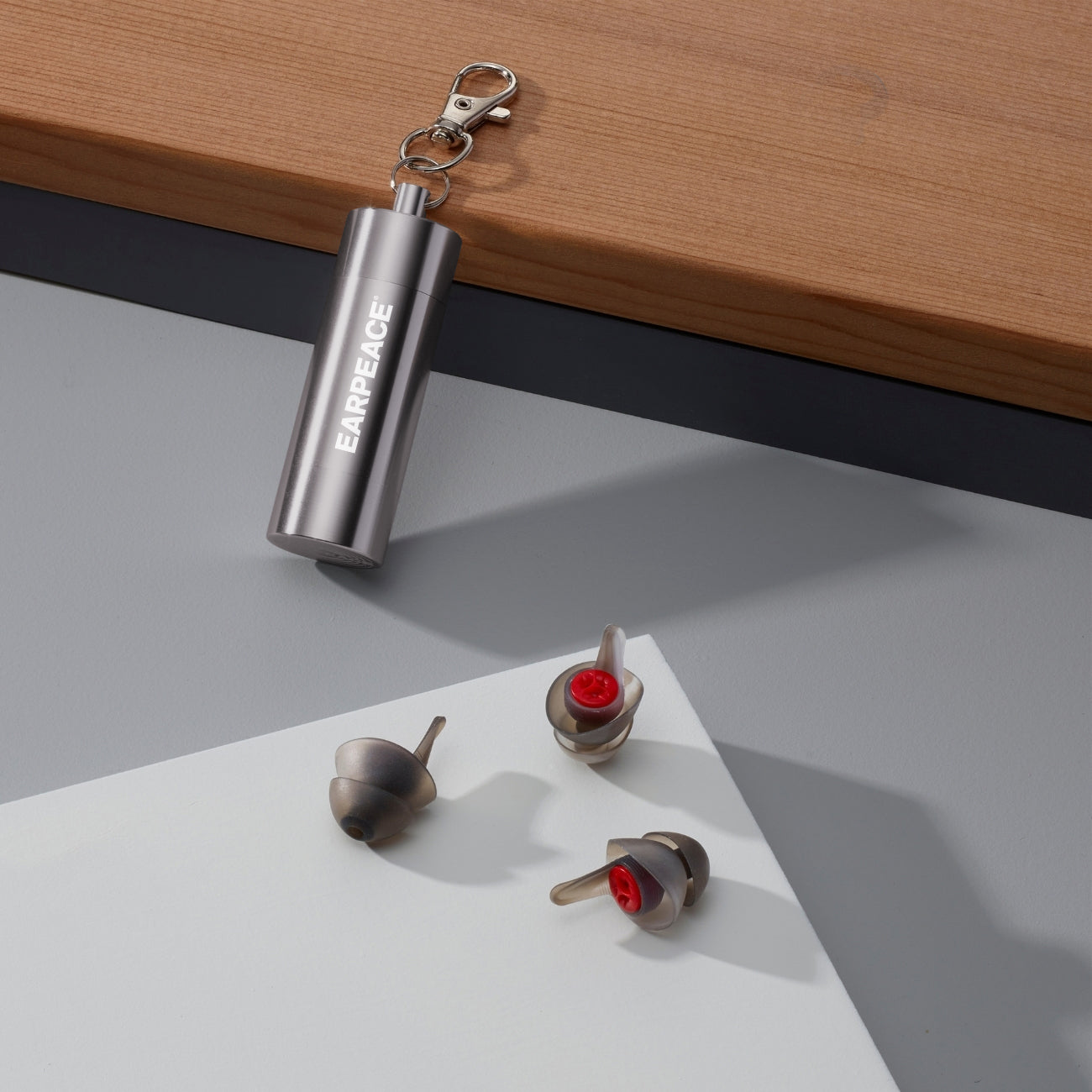
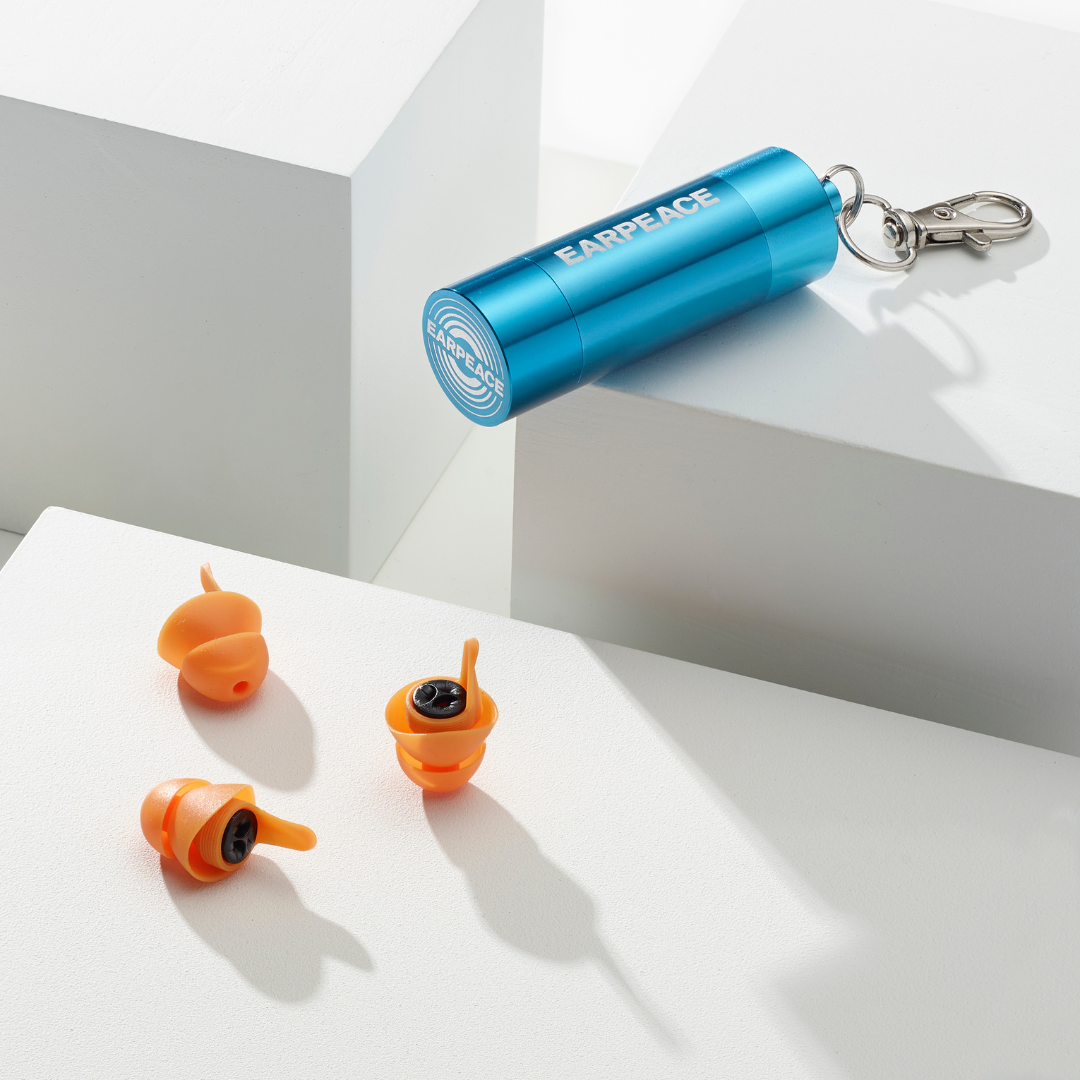
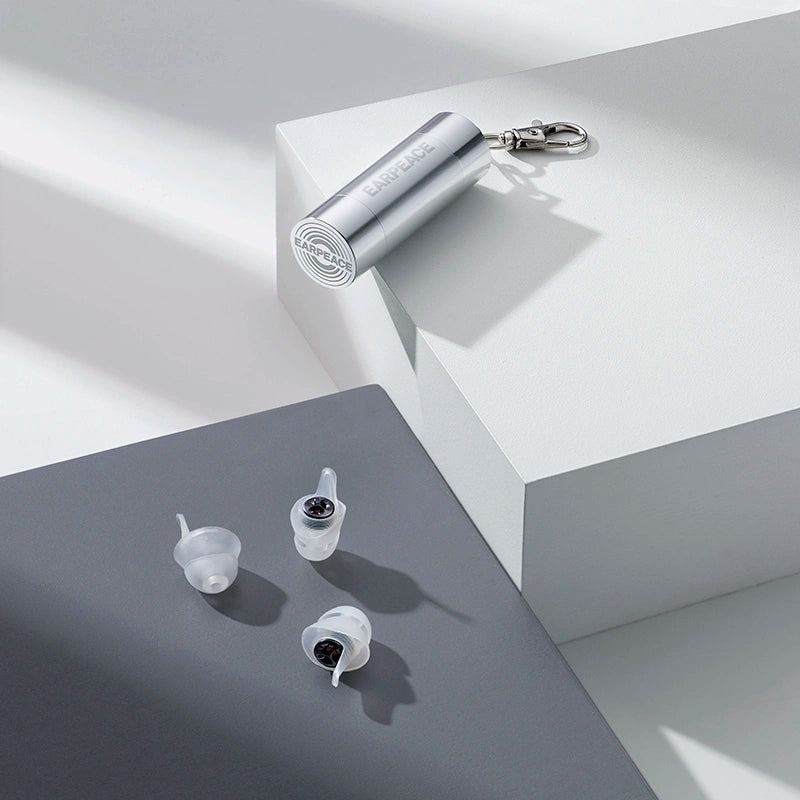
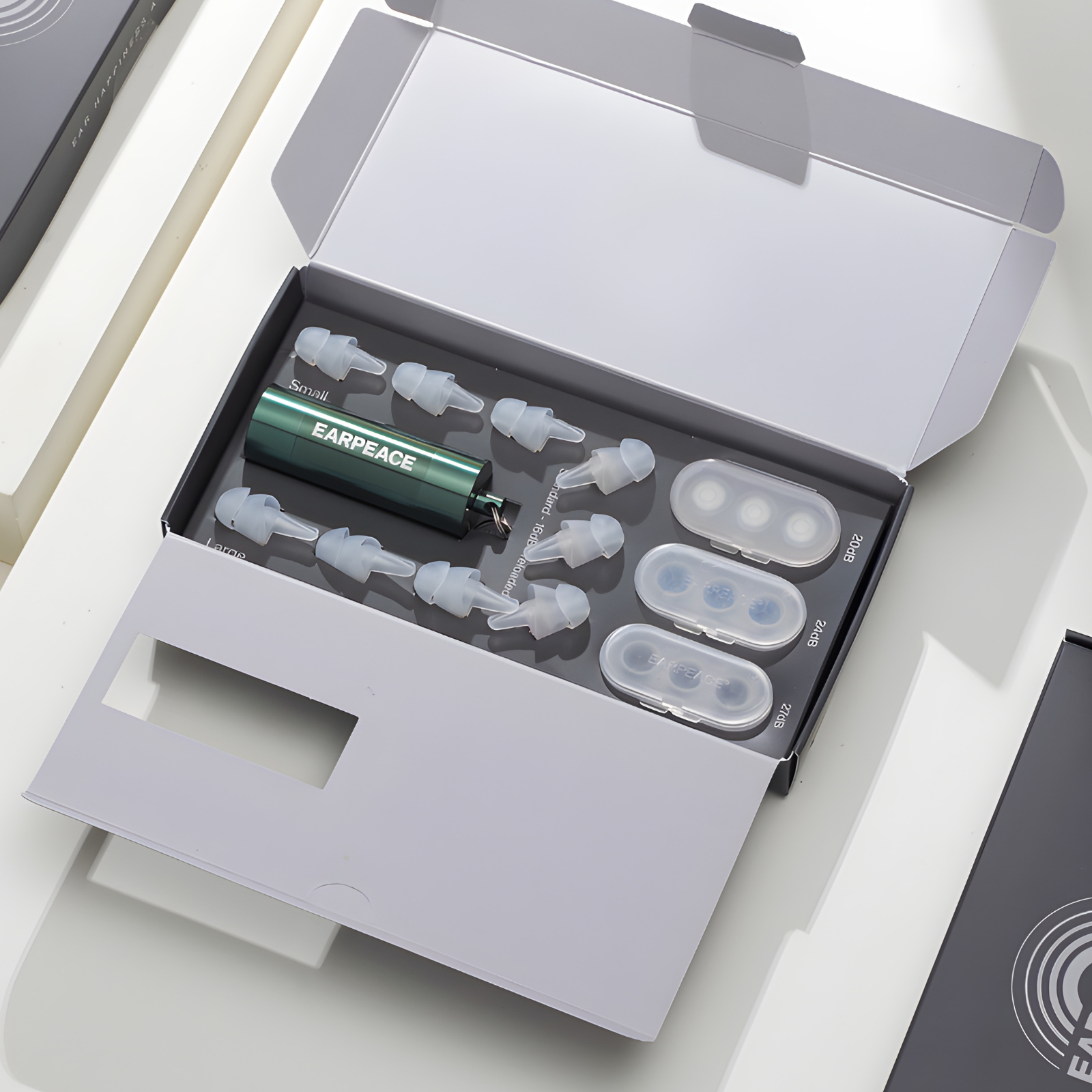




Share:
Turning Down the Noise: The Best Earplugs for Sleeping with a Snorer